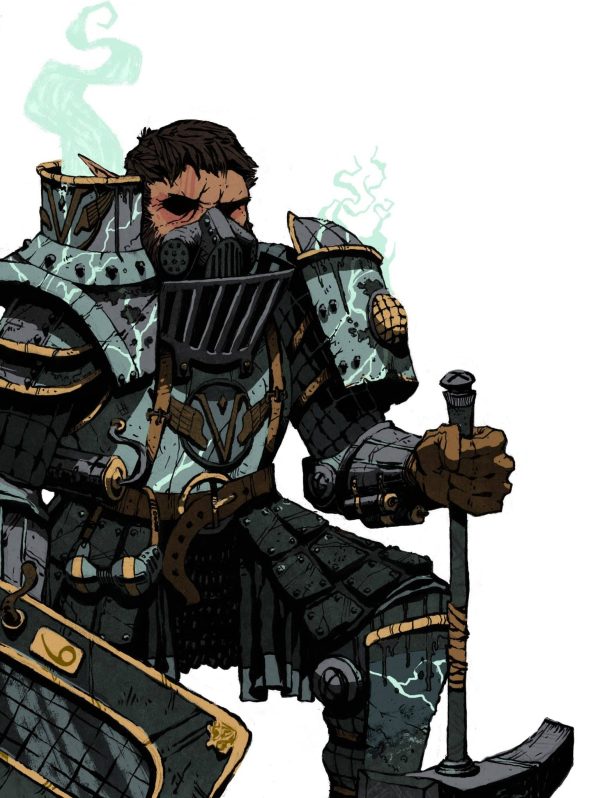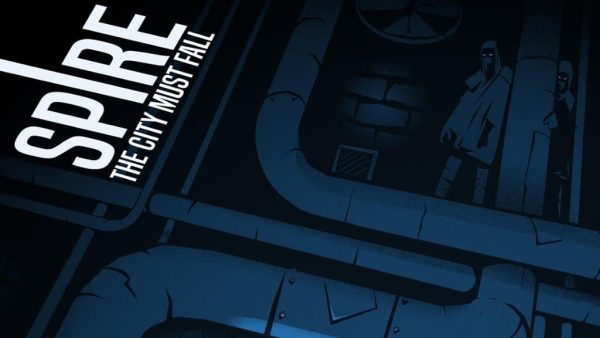Class breakdown: The Vermissian Knight

Strap on a train and come smash up some monsters.

So, let’s talk about Kickstarter. When we were preparing to launch the Heart campaign, the news broke about Kickstarter’s alleged union-busting activities, including the firing of two employees who were active in attempting to organise. At the time, that prompted us – along with a lot of other creators – to seriously consider our position. […]

We’re excited to announce that the Kickstarter for Strata, our first full-length sourcebook for the Spire RPG, will launch on Tuesday 16th October. Follow us on Kickstarter to stay up-date. Strata will include, but is definitely not limited to: Two new classes: the Inksmith, who is a pulp-fiction two-fisted literature occultist, and the Shadow Agent, […]

We wanted to share some of the development we’ve done on the classes in Spire – our Kickstarter, which is nearly over – and how they reflect the system and the setting of the game. This is going to be a long post, so let’s get started! We’ll go through the classes in alphabetical order, […]
Your basket is empty